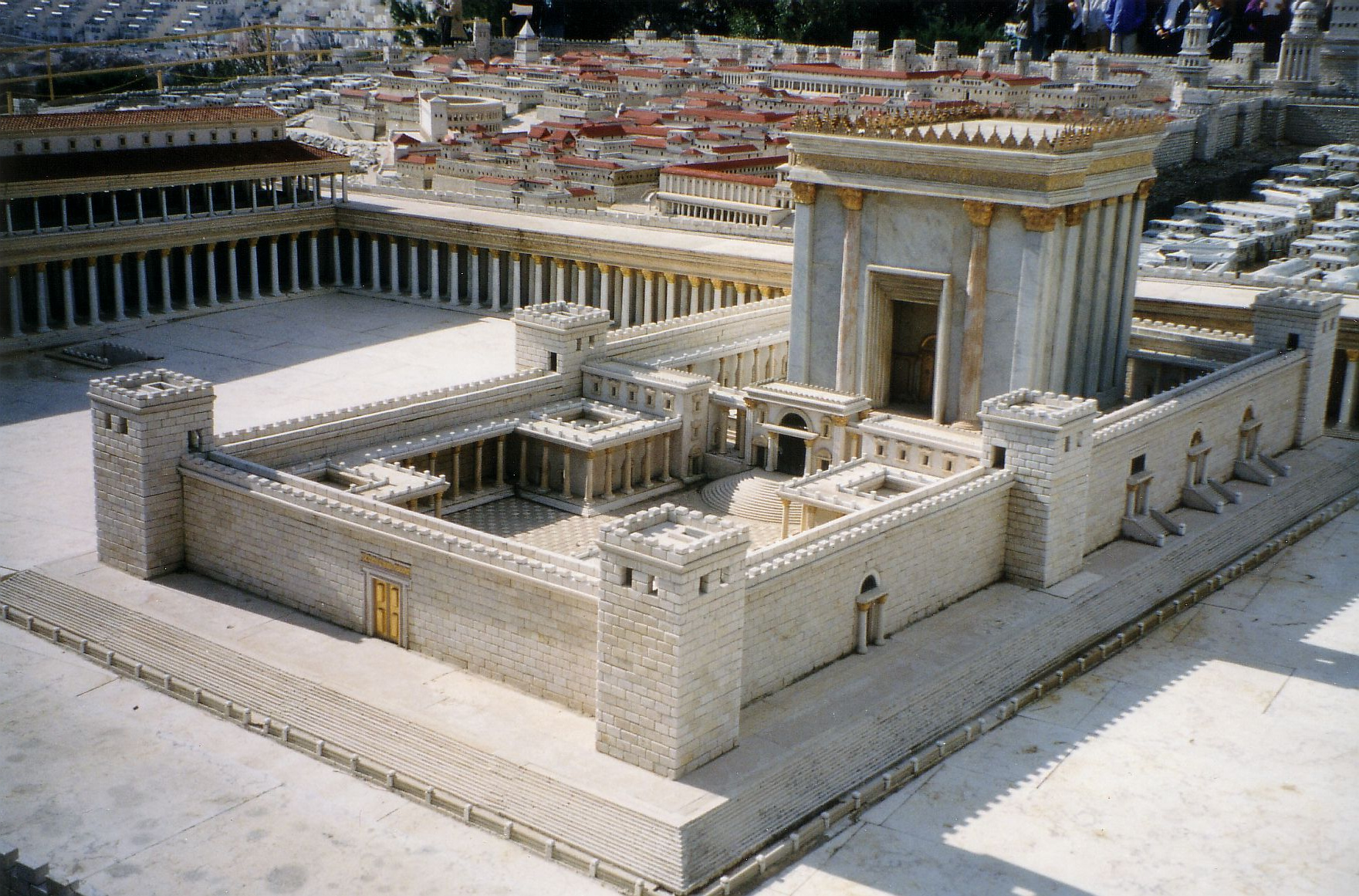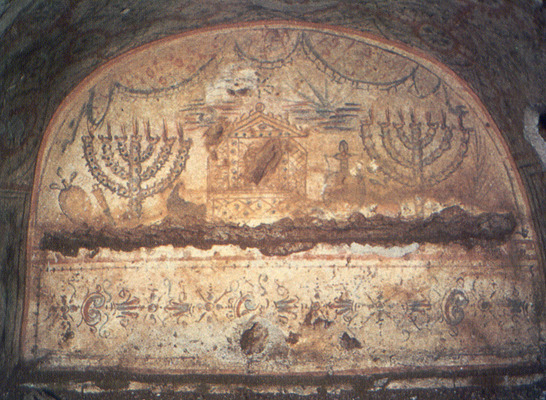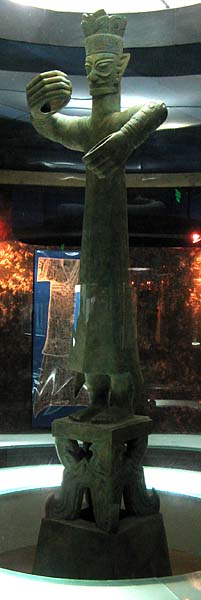Reflective Tag
Often people think of gender being binary, either being male or female, but in actuality there are certain forms of gender that can neither be described as male or female. There are also countries pushing for gender neutrality that is a complete equality for boys and girls in terms of treatment. There are several countries that recognize third gender on official documents such as India, Pakistan, and Nepal.
Artifact 4
In society people often think of somebody as either being male or female but what about the people who do not fit in either. In the United States there is a huge sense of the idea of gender being binary. For just being a transgender women in the United States there is a 1 in 12 chance of getting murdered. On top of that there is a 49 percent chance that they commit suicide.
In Sweden it seems like they are trying to create a neutral gender in order to create gender equality. Sweden doesn’t regulate what toys are given to the children and using gender neutral labels to address people such as instead of using han for male or hon for female they created hen as a new pronoun to take the place of the other two.
There are also other forms of third gender such as berdache also known as two spirited, hijra, and kathoey. Two spirited is the native american term for those who are neither gender. Women were the most common to become two spirits and in some tribes women could only become two spirited. The hijra is the transgender term used in south asia particularly India. Hijras in India typically live in communities of hijras where they commonly work as sex workers for survival. Kathoey is the Thai term for a transgender or ladyboy. Some of these ladyboys go through the surgery and injections in order to get the full transformation while others just wear women clothing.
Different cultures look at gender in different ways, while in some places people are condemned for it others find it completely socially acceptable. I personally think that in order to get complete equality between the genders that gender neutrality is the way to go. Often when kids grow up they are told what they should be based on their gender. In order to get passed these differences in equality they have to be treated equally.







